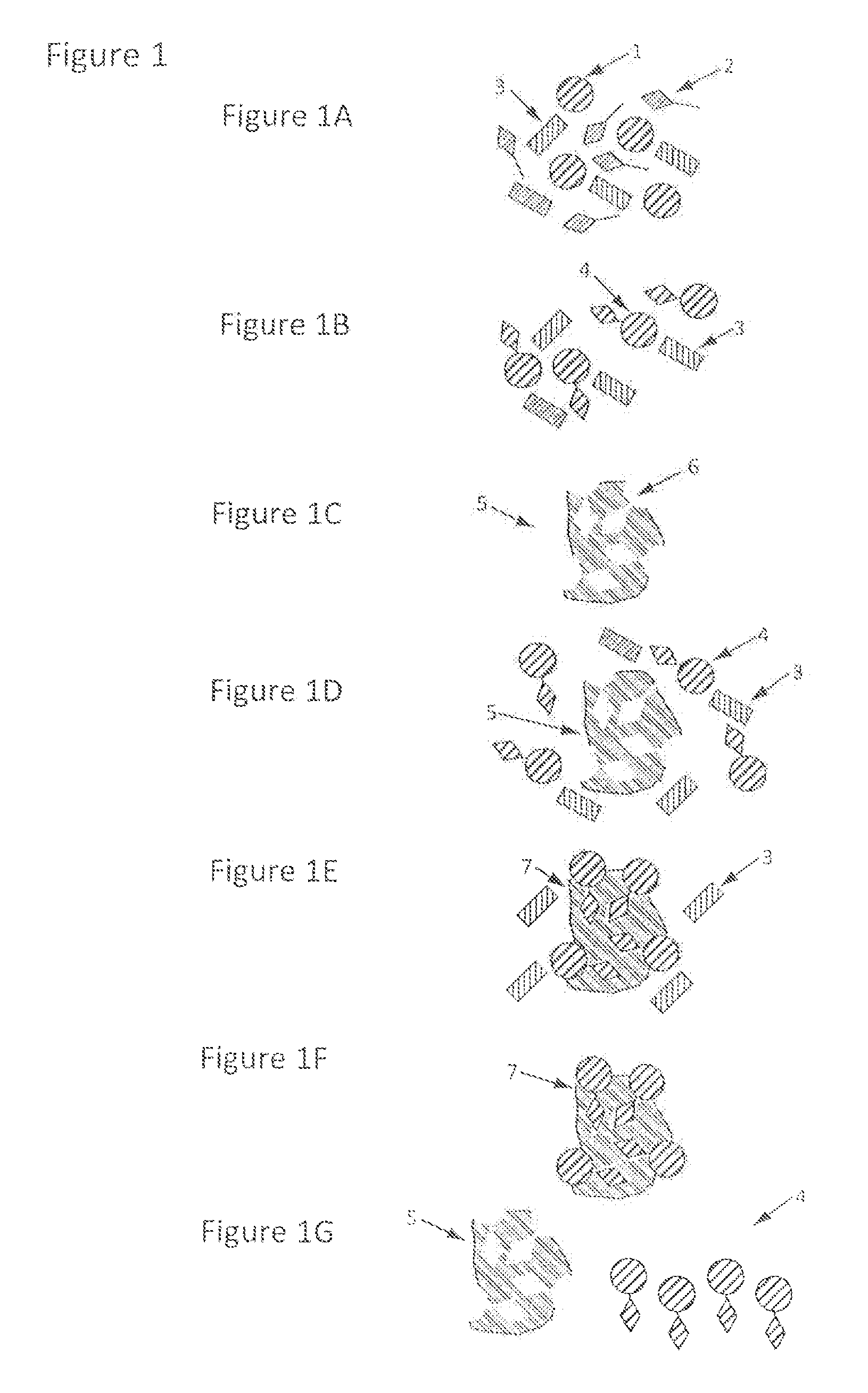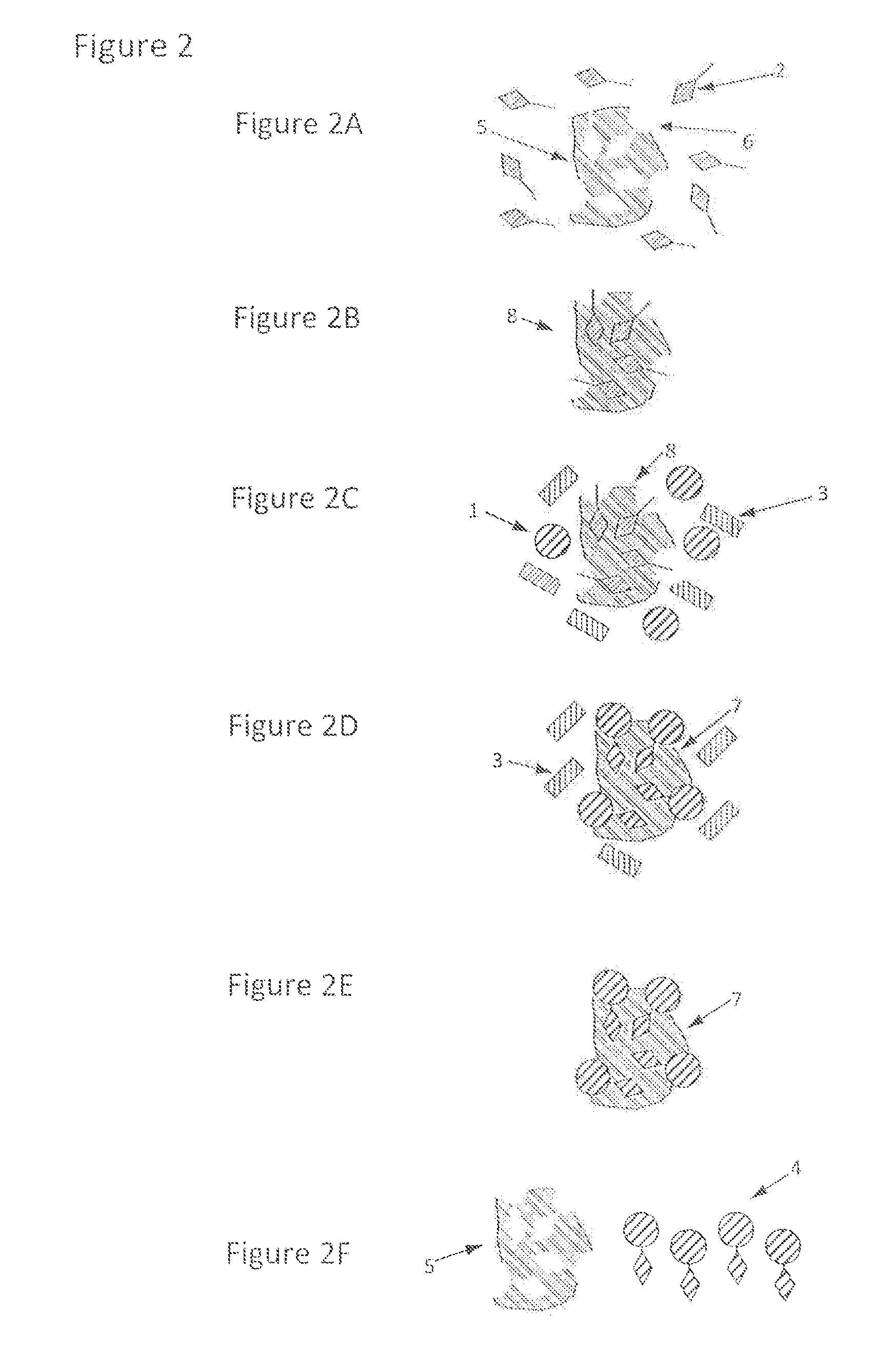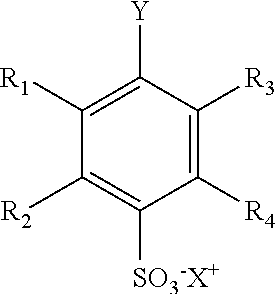Method and kit for analyzing samples
a sample and kit technology, applied in the field of methods and kits for analyzing samples, can solve the problems of laborious and uncost-effective consideration
- Summary
- Abstract
- Description
- Claims
- Application Information
AI Technical Summary
Benefits of technology
Problems solved by technology
Method used
Image
Examples
example 1
[0030]This example comprises at least five steps. First, the generic handle is incorporated into the chemical structure of the analyte (by derivatisation). Second, the derivatised analyte is brought, into contact with the handle-binding molecularly imprinted polymer. Third, the derivatised analyte binds and / or interacts with the handle-binding molecularly imprinted polymer. Fourth, the derivatised analyte is released and / or eluted from the handle-binding molecularly imprinted polymer. Fifth, the derivatised analyte is analysed.
[0031]First step, derivatisation. The generic handle is covalently attached to the analyte by derivatising the analyte with a proper derivatisation agent (Formula I). The derivatisation agents are aryl sulphonate(s) having a reactive group that form a covalent bond with the analyte of interest. The derivatisation reagent has the following general structure, Formula I:
Formula I. General Structure of the Derivatisation Reagent
X+ is Li+, Na+ or K+;
[0032]R1 is H,...
PUM
| Property | Measurement | Unit |
|---|---|---|
| flow rate | aaaaa | aaaaa |
| molecular structure | aaaaa | aaaaa |
| selective affinity | aaaaa | aaaaa |
Abstract
Description
Claims
Application Information
 Login to View More
Login to View More - R&D
- Intellectual Property
- Life Sciences
- Materials
- Tech Scout
- Unparalleled Data Quality
- Higher Quality Content
- 60% Fewer Hallucinations
Browse by: Latest US Patents, China's latest patents, Technical Efficacy Thesaurus, Application Domain, Technology Topic, Popular Technical Reports.
© 2025 PatSnap. All rights reserved.Legal|Privacy policy|Modern Slavery Act Transparency Statement|Sitemap|About US| Contact US: help@patsnap.com



